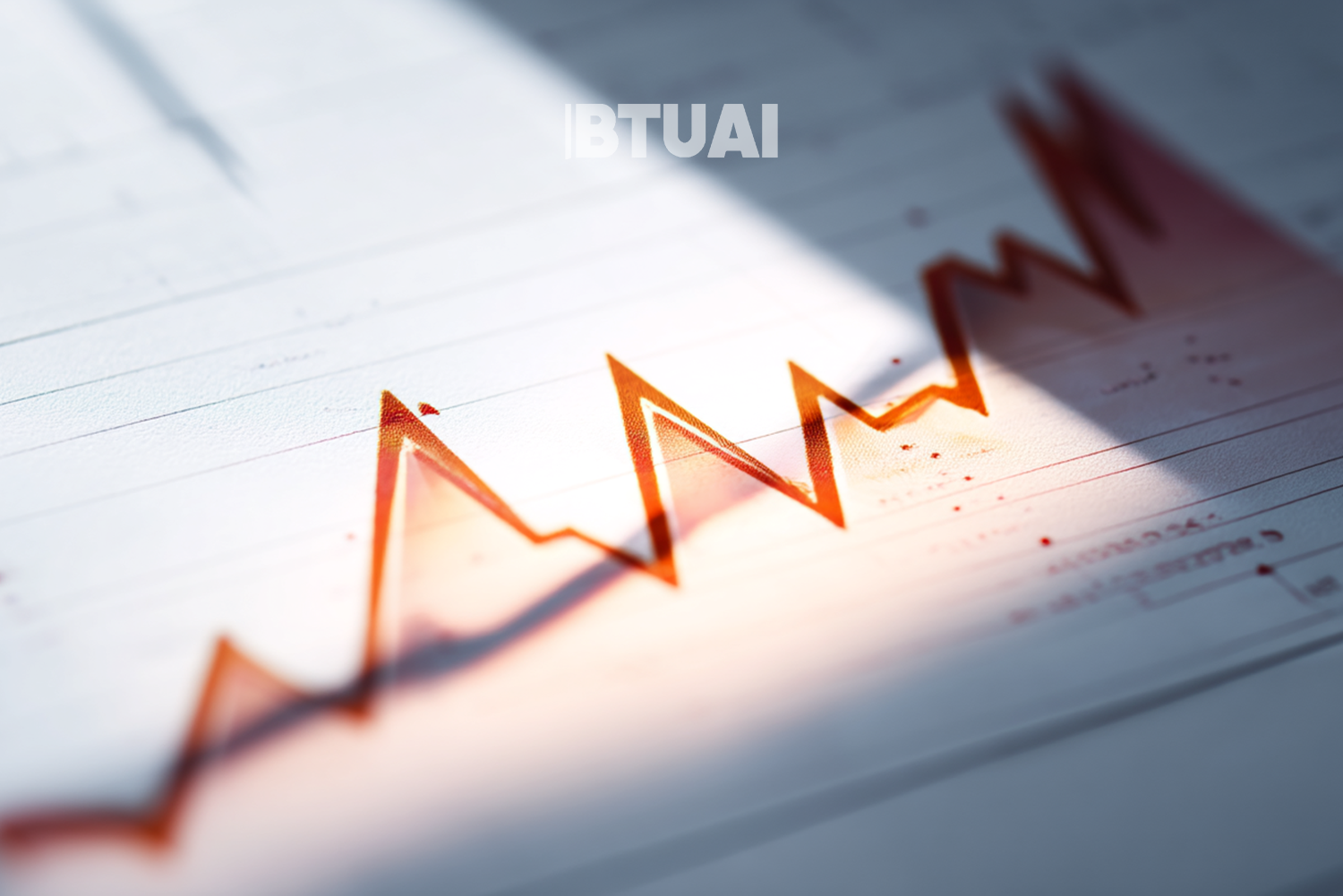Analysis of Georgia’s Economic Forecasts The April economic outlook published by the Asian Development Bank (ADB) reaffirms Georgia’s stable

Analysis of Georgia’s Economic Forecasts
The April economic outlook published by the Asian Development Bank (ADB) reaffirms Georgia’s stable growth trajectory, while also underscoring the country’s exposure to global risks. According to the forecast, Georgia’s economy is expected to grow by 6% in 2025, which is a relatively strong figure given the regional and global uncertainties. However, the projected slowdown to 5% in 2026 signals that Georgia is entering a transitional phase — moving from rapid post-pandemic recovery to a more structurally grounded and sustainable long-term path.
Beyond this overall optimism, the ADB explicitly highlights risks that could dampen growth in 2026. The most pressing concern is the anticipated slowdown in the services sector, which saw robust expansion during 2022–2024, partly due to regional migration, tourism recovery, and the growth of digital service exports. A tapering of this momentum in the coming years suggests that the economy will need to stabilize at its newly achieved level and shift toward more balanced growth drivers.
Another significant risk is a projected decline in remittance inflows, which have historically served as a financial cushion for Georgia. ADB anticipates a 10%–15% decrease in remittances between 2025 and 2026. While these figures will still exceed pre-pandemic levels, the decline may place downward pressure on household consumption and liquidity in the financial sector.
Inflation is expected to rise to 4% in 2025, largely due to higher global energy prices and imported inflation. However, with a moderation in economic activity, inflation is forecasted to return closer to the National Bank of Georgia’s target of 3% in 2026 — signaling a return to macroeconomic stability.
A sharp indicator of this economic moderation is the slowdown in industrial sector growth, projected to decline from 4.6% in 2025 to 3.1% in 2026. This reflects a cooling in construction activity, suggesting that the country is exiting its infrastructure boom and transitioning toward less capital-intensive sources of growth. This shift could be beneficial in the long term, especially if supported by technological innovation and industrial diversification.
In agriculture, the 2025 growth projection of 3.9% is attributed to improvements in infrastructure and the modernization of farming practices. However, growth is expected to slow to 2.8% in 2026, highlighting the need for deeper policy consolidation and reform follow-through.
On a more positive note, the report forecasts a decline in Georgia’s external public debt, expected to drop to 25% of GDP in 2025 and 24.5% in 2026. Despite fiscal pressure and volatile global financial markets, this suggests that the government and central bank are, for now, effectively managing sovereign debt within a stable framework.
It’s worth noting that these macroeconomic forecasts were compiled before April 2nd — prior to the announcement of new U.S. trade tariffs. The ADB report only partially accounts for the potential impact of these tariffs, which may pose additional risks, particularly for Georgia’s key trading partners such as China and several EU countries. A disruption in global trade could eventually affect exports and foreign investment flows.
Georgia’s economy remains closely aligned with global trends, and the ADB’s forecast makes it clear that while growth potential exists, it will only remain sustainable if deeper diversification is achieved across production, exports, and finance. Long-term structural growth will require more than infrastructure investment — it demands a strategy focused on education, skills development, and innovation — areas where progress remains limited.
Ultimately, the ADB’s report emphasizes that the coming years won’t simply extend Georgia’s previous growth patterns. Instead, this will be a transformational period, whose success will depend heavily on effective management of external shocks and consistent implementation of internal reforms.




